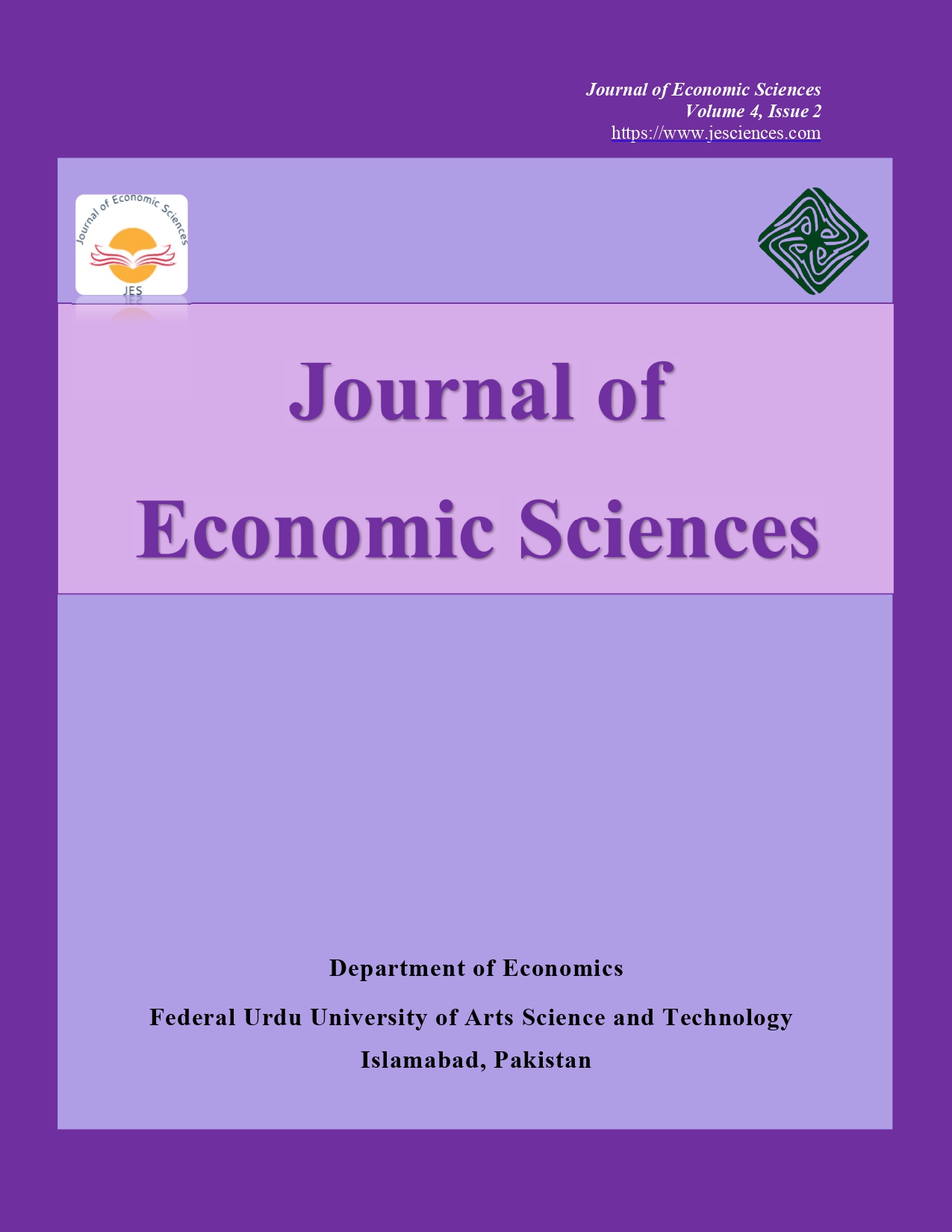Estimating the Nexus between Climate Change and Livestock Production in Pakistan
Main Article Content
Abstract
This study estimated the impact of annual mean rainfall, heat stress, water availability, inflation, floods, crop and forest area on livestock production in Pakistan using time series data from 1980 to 2022. Autoregressive distributed lag (ARDL) method was employed and it was found that annual mean rainfall, heat stress, water availability, total forest and cropped areas have both long- and short-run impacts on livestock production. Among all the variables, water availability increased livestock production by 4.62%, and mean annual rainfall increased livestock production by 0.17%. In contrast, heat stress reduced livestock production by 14% in the long run and 0.19% in the short run. The short-run analysis demonstrated that floods had a devastating impact on livestock production, reducing it by 0.79%. This study recommends the need for practical and adaptive measures for resilient livestock breeds, improved rangelands, flood management, clean water access, and better varieties of crops to be used as fodder and forage for the livestock to enhance production. The government should priorities policies that support livestock production, and the development of flood mitigation infrastructure, ease access to credit, and early warning systems are important. To curb the negative impacts of climate change and improve livestock production in the long run, understanding the relationship is important. If it is not clear and scientifically proven, the measures will achieve less significance in attaining the required level of production.
Article Details

This work is licensed under a Creative Commons Attribution 4.0 International License.
